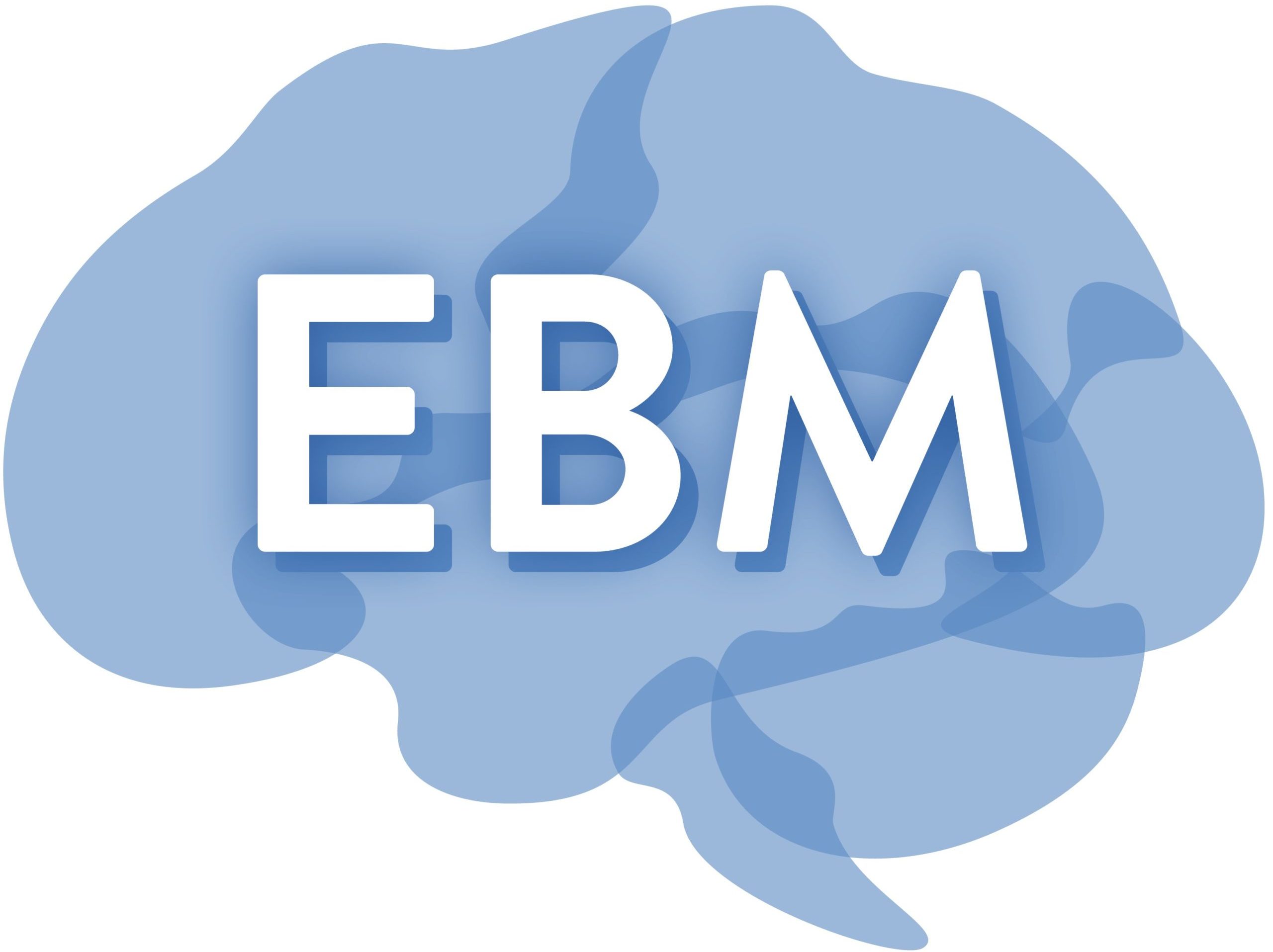C03: The role of matrix mechanics in synchronised neuronal activity
C03 aims to use an in vitro model of epileptogenesis derived from rat hippocampus to investigate the mechano-biological aspects of neuronal circuit formation and function in mechanically tunable engineered matrices. We will focus on the interplay of structural, viscoelastic, and adhesive matrix material properties on the one hand and the formation of three-dimensional neuronal network topology, connectivity, and seizure-like hyperactivity on the other hand. The simple level of neuronal organisation in our in vitro model allows us to address whether the generation and propagation of seizure-like neural activity is directly related to matrix stiffness and viscoelasticity or indirectly caused by an altered network structure formation in response to matrix mechanics. We will then be able to test the hypothesis that mechano-chemical properties of the engineered tissue matrix can be precisely tuned to modify disease, i.e., restore normal cellular and circuit structure and function. This is aimed to provide the basis for the development of novel mechanistically informed treatment approaches in epilepsy that go beyond unspecific suppression of synaptic activity.
Project leader: Dr. rer. nat. Dr. habil. med. Katja Kobow
Positions: 1 doctoral researcher
